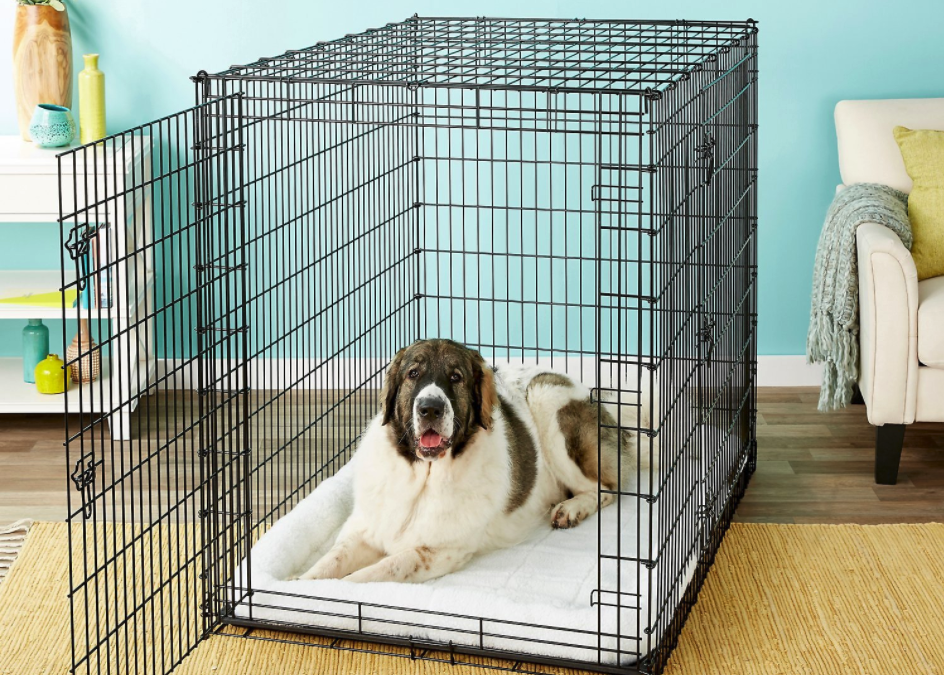As a pet owner, it is normal to wonder if dog crates are really good for dogs. Still, although it sounds a little uncomfortable in reality these crates are very beneficial for them.
Dogs are den animals and naturally look for a place that makes them feel safe. Dog crates produce this feeling of security, besides helping dogs to combat problems such as anxiety, stress, hyperactivity, among others.
A dog crate is as if they have their room in the house, a place that is exclusively theirs to go when they want to relax.
Benefits of dog crates.
- They are very useful when traveling in a car to carry them in the back, this way the trip will be safer and possible accidents will be reduced.
- Dogs will be calm and will behave well if you cannot watch them at some point.
- It is ideal for teaching dogs to control their needs from puppyhood. Dogs do not usually relieve themselves inside their “shelter.” Therefore, they can be taught to control themselves inside the crate.
- The crate will help them to feel less separation anxiety.
How to help dogs get used to a dog crate?
They must associate the crate with a fun and positive place. For this reason, you should never punish a dog by leaving them locked up.
When you have the crate at home, it is advisable to keep it open at all times so that the dogs gain confidence, sniff it, and feel it as something familiar. Place toys and treats inside and around the cage so that dogs associate them properly.
Once dogs are familiar with the dog crate, leave them inside for about 5 minutes, so they get used to being there with the door closed. Increase the amount of time step by step.
Then gradually leave them alone inside the crate for 10 minutes and increase the time as they get used to it. This way, they get used to being in their crate while you are away from home, working.
It is advisable never to leave the dog in the dog crate for more than four hours.
So yes, dog crates are good for dogs!
As you can see, teaching crate training for dogs is very beneficial for both of you, and more than a punishment, it is to create a space where your dog feels safe and secure in different situations.

